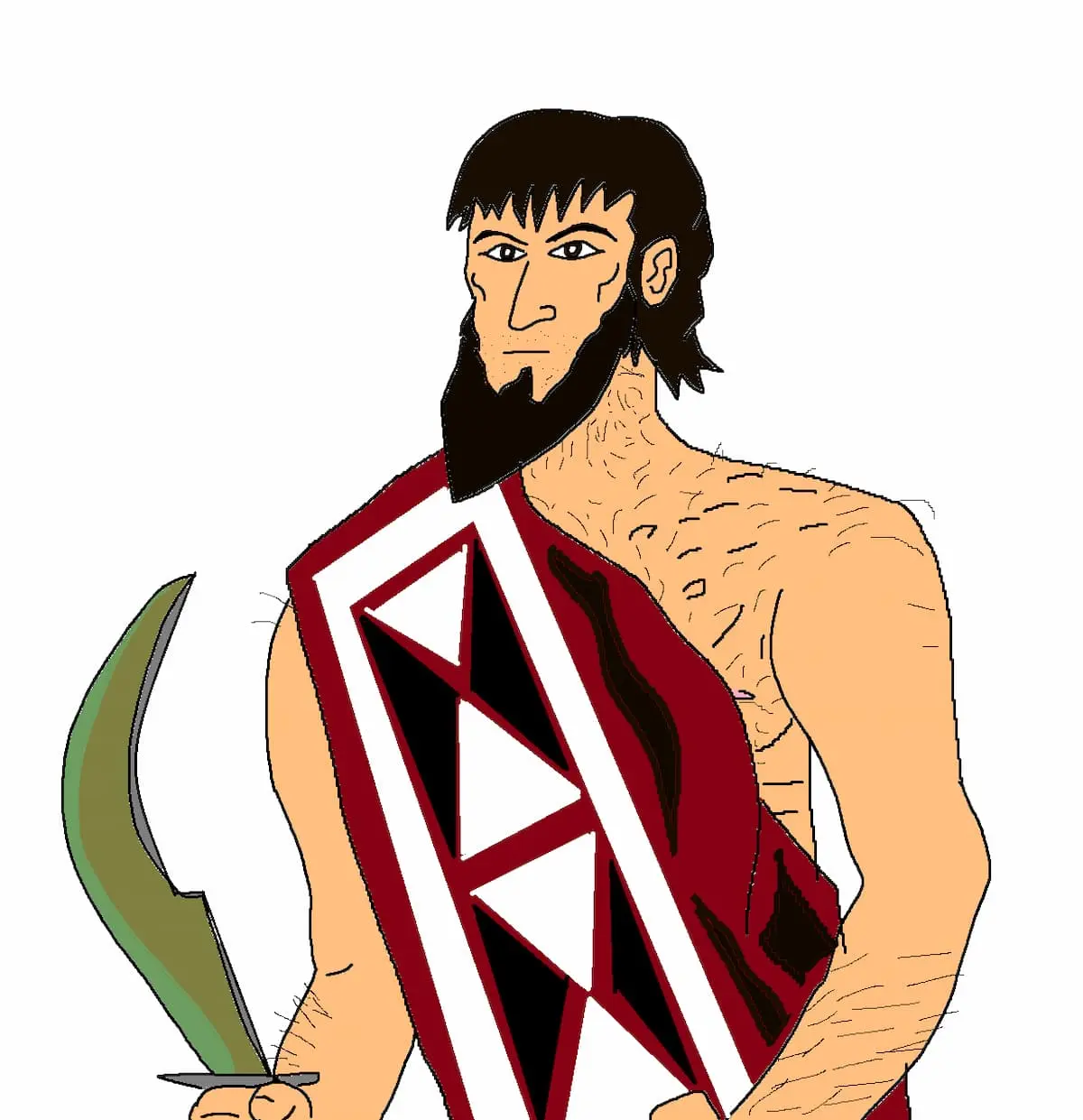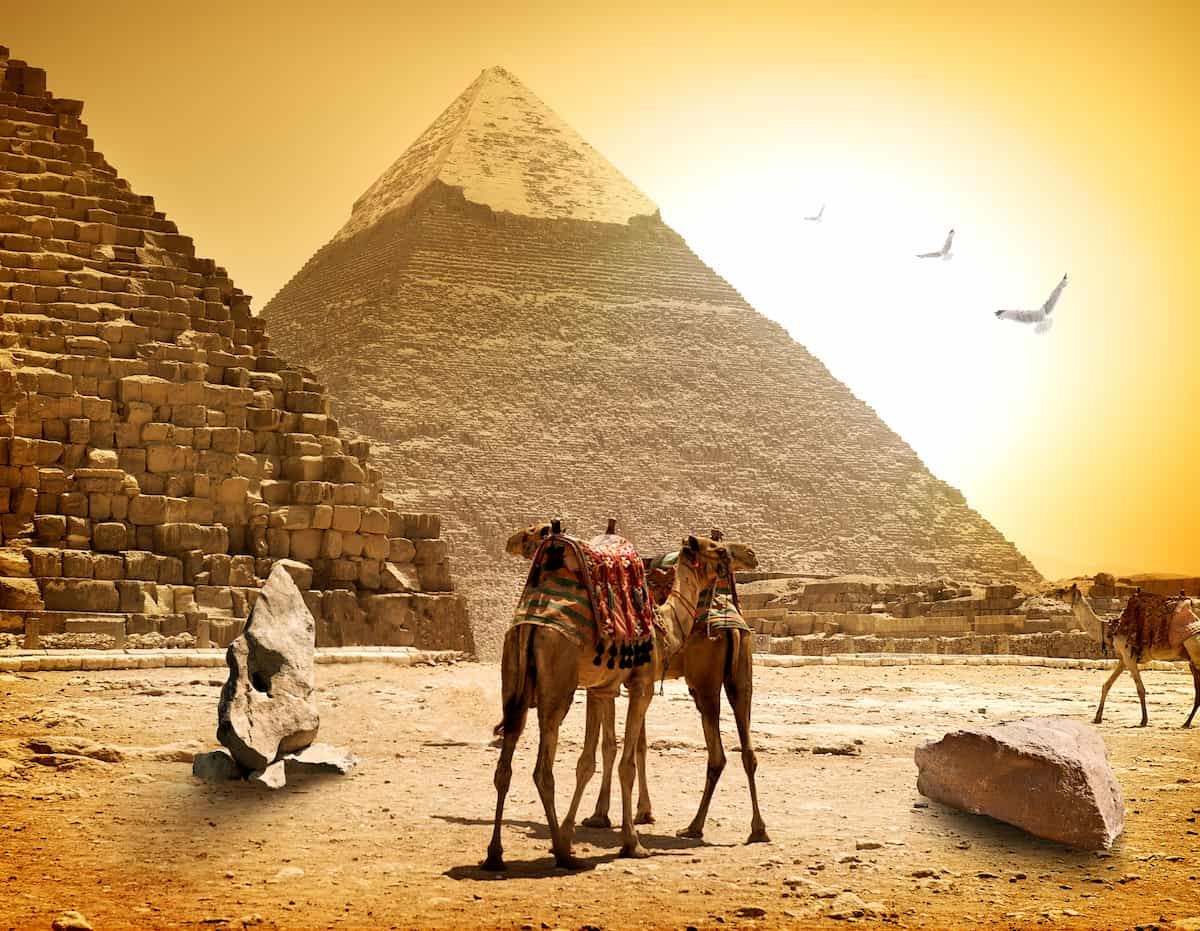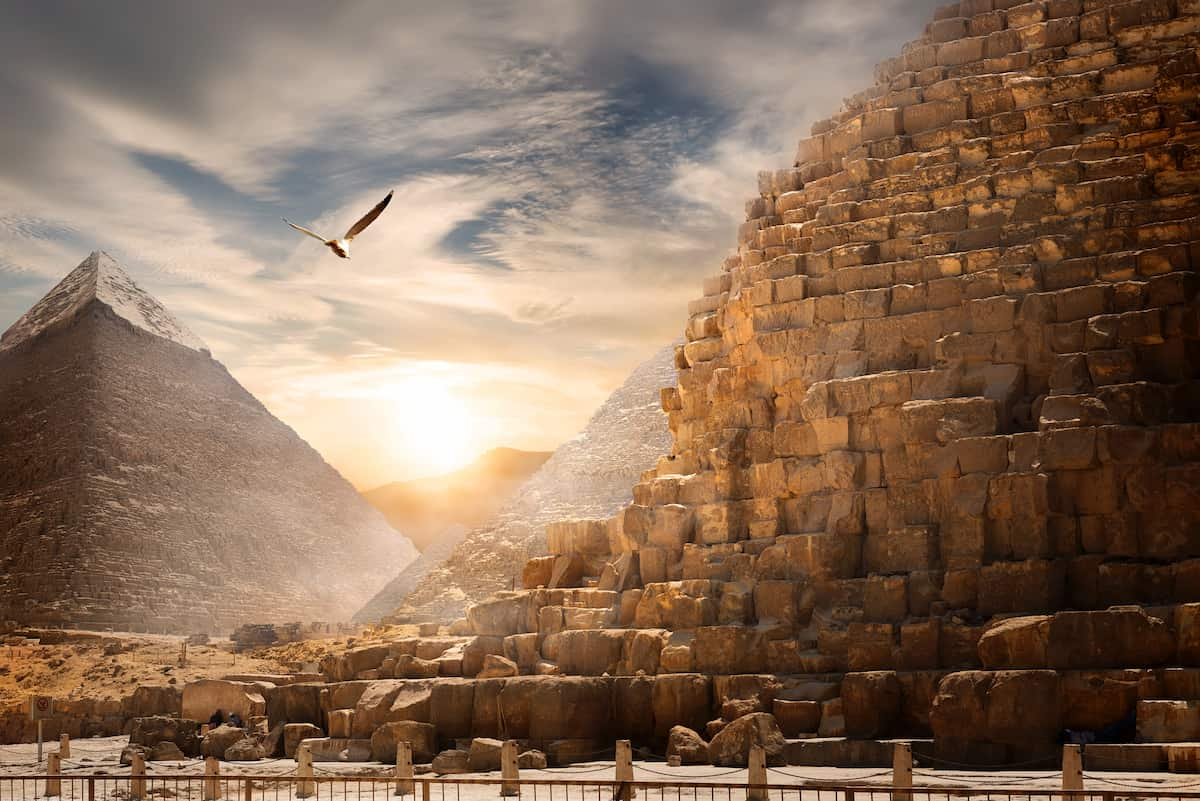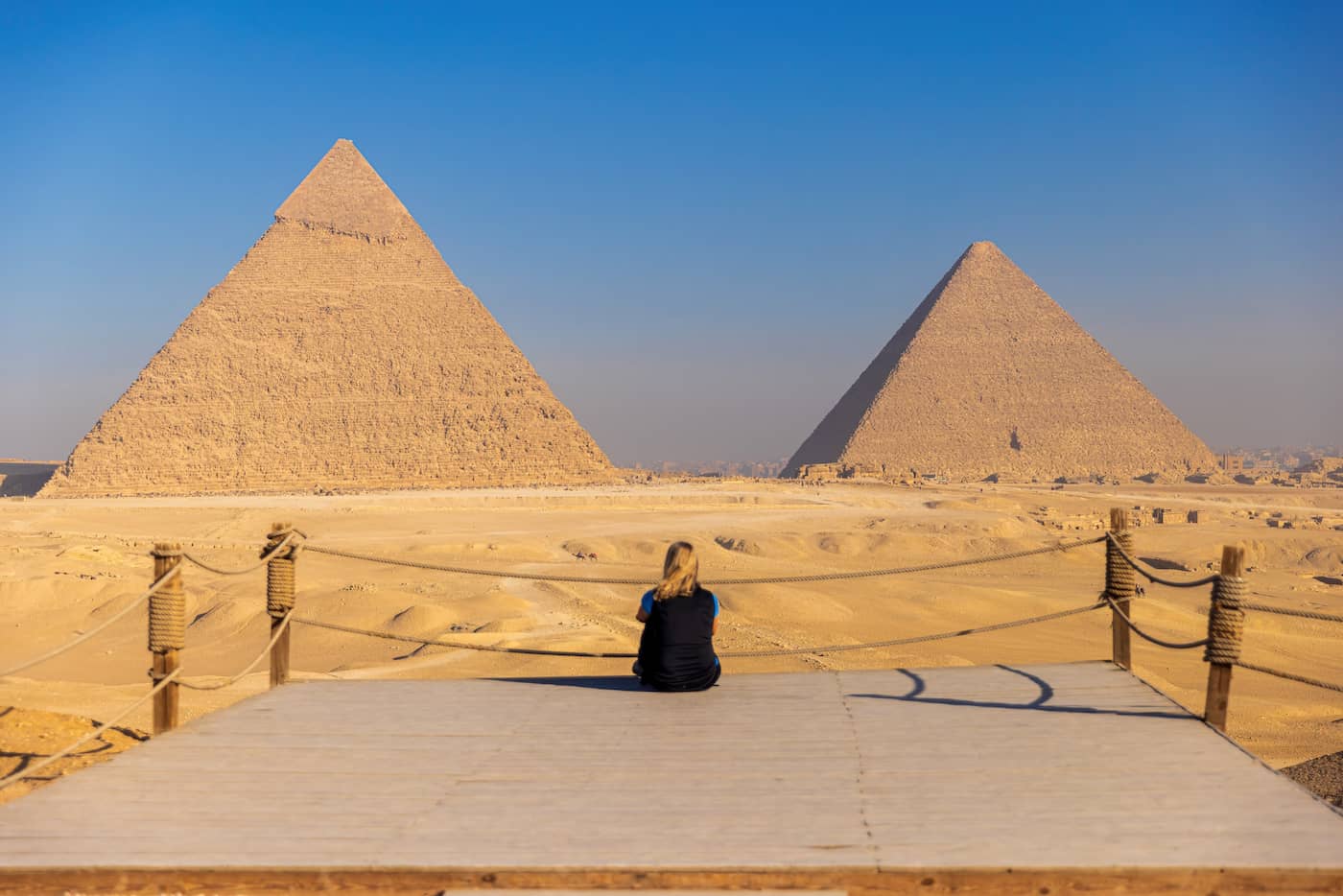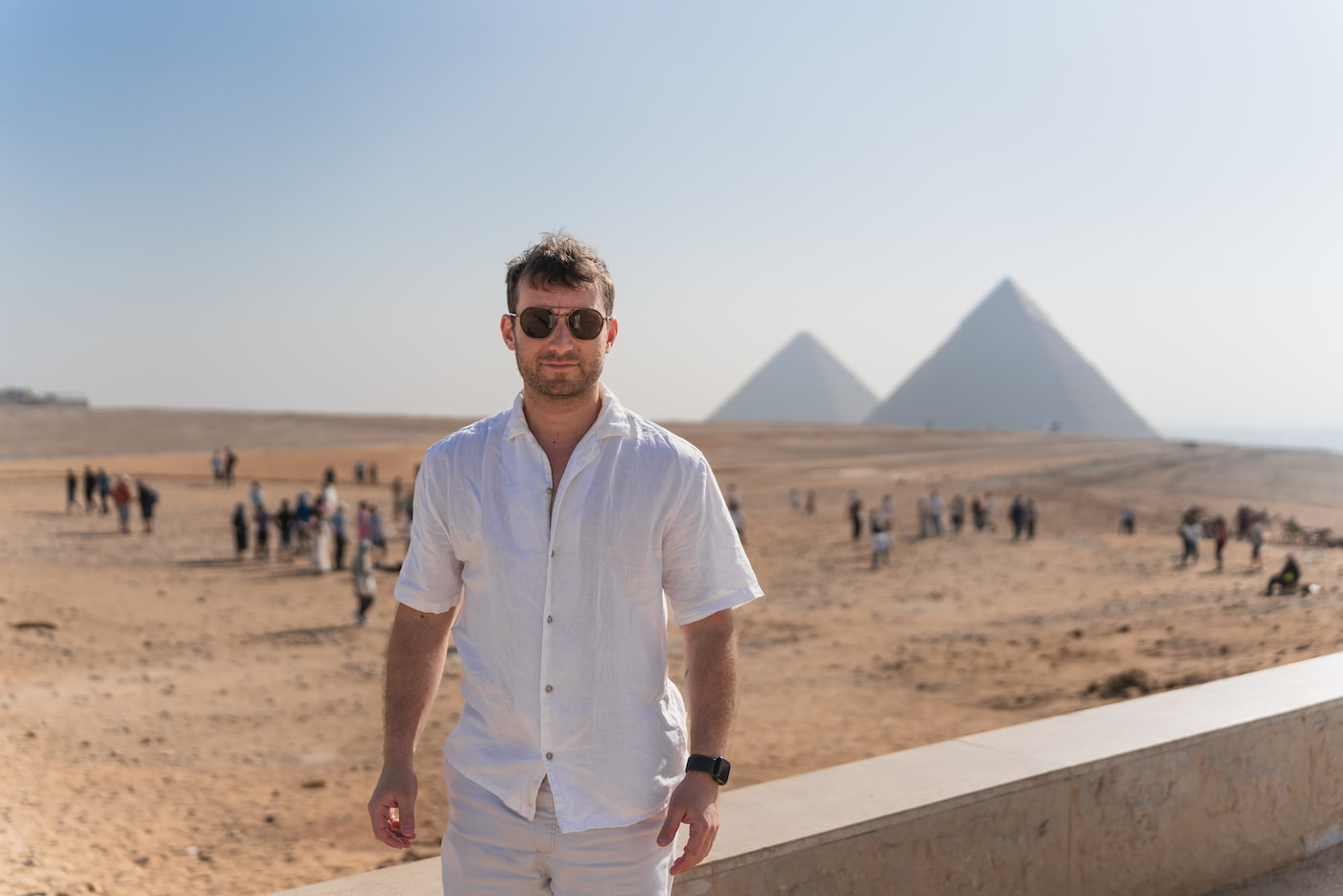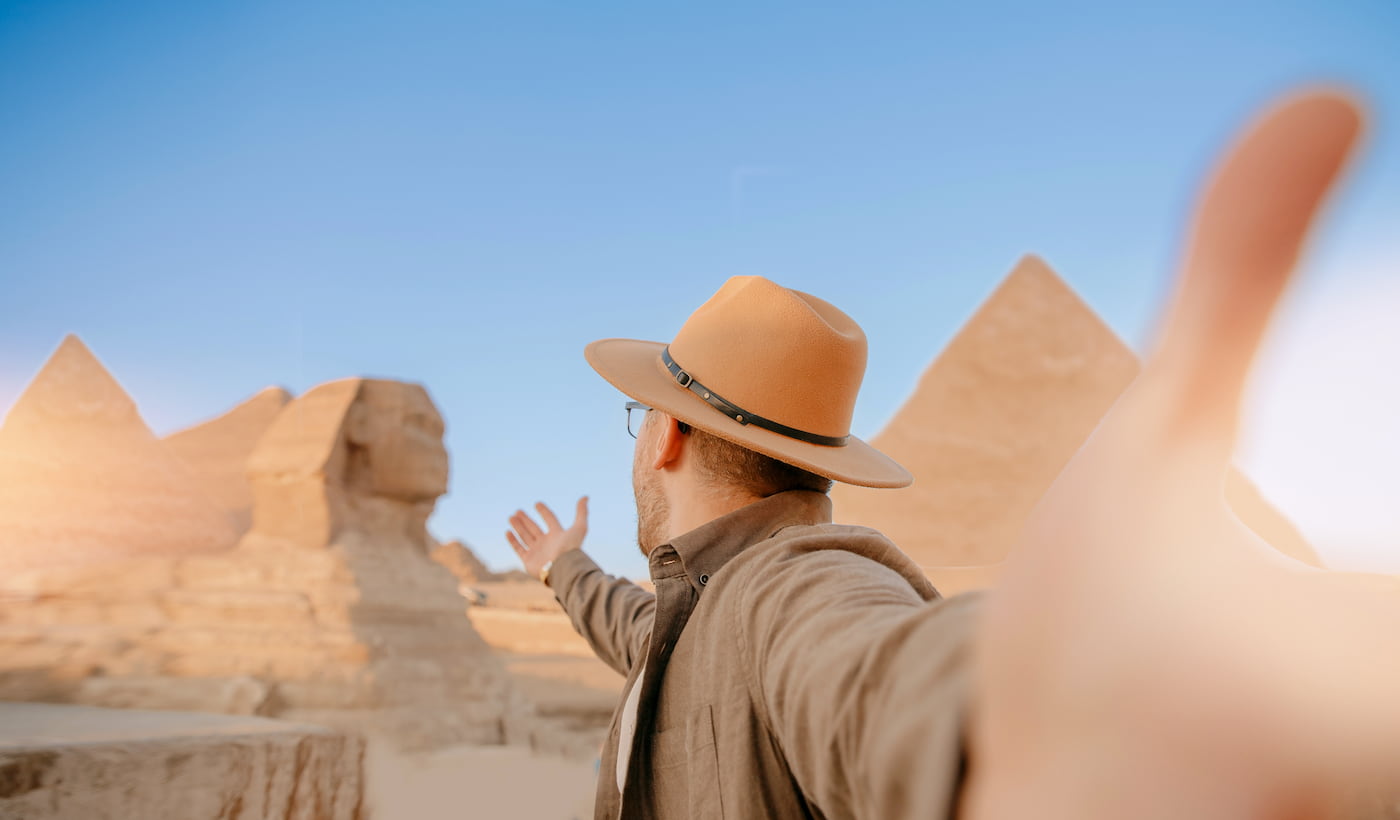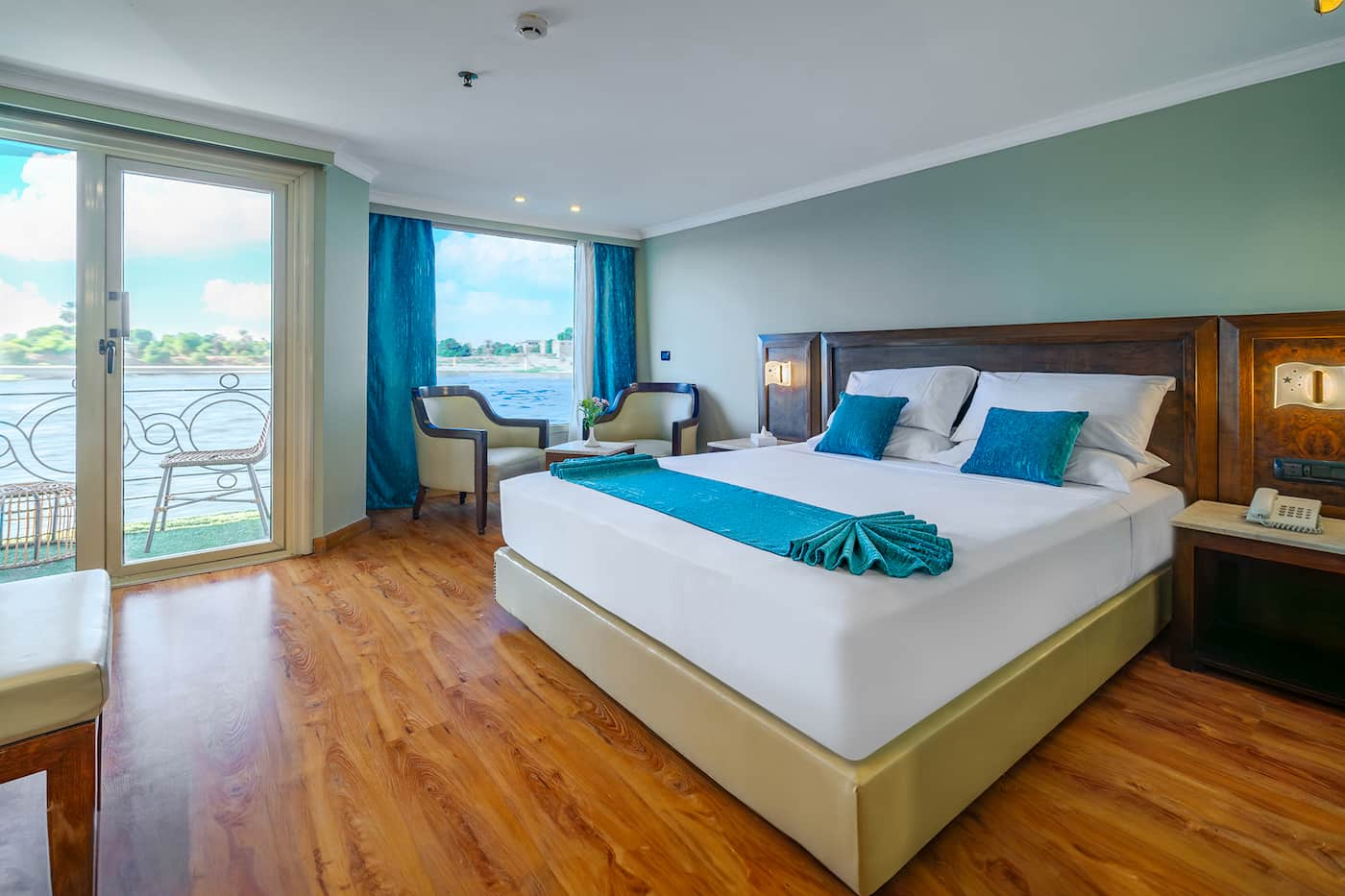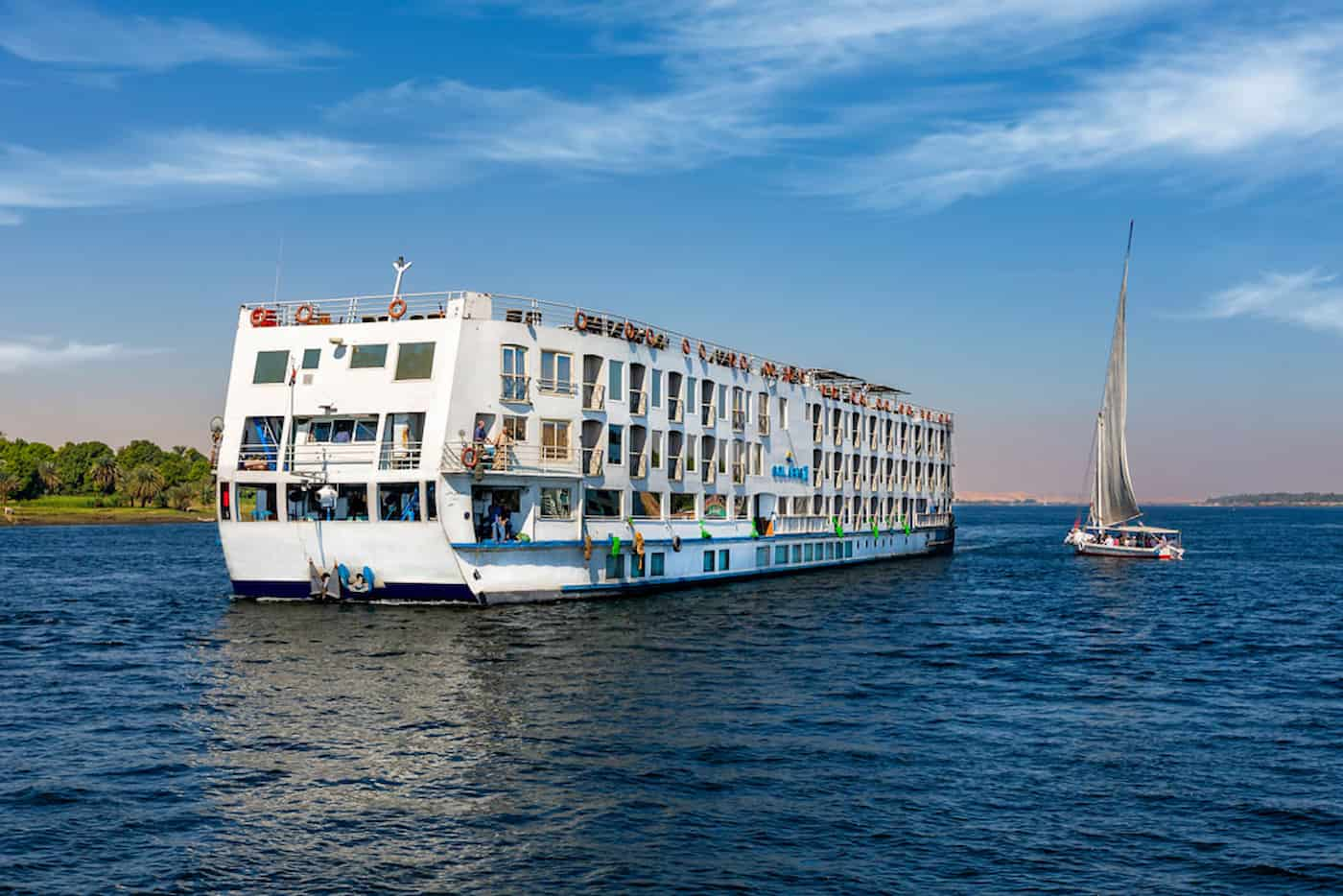The Hyksos Invasion of Egypt
One of the most dramatic changes in ancient Egypt’s long history occurred with the Hyksos invasion. The Hyksos were a Semitic people coming from Western Asia into the Nile Delta gradually during the politically weak and divided period that Egypt suffered through, the Second Intermediate Period. The Hyksos established their capital at Avaris in the eastern Delta and gradually rose to power to rule as the 15th Dynasty. They were no mere conquerors but brought about far-reaching changes that turned the military, economy, and culture upside down in Egypt.
The horse-drawn chariot, superior bronze weapons, and composite bow were all introduced by the Hyksos, thereby drastically changing the nature of Egyptian warfare and laying the foundation for prospective Egyptian military greatness. The Hyksos, technically, also brought new agricultural and industrial methods, which expanded trade networks and promoted cultural exchanges between Egypt and the Near East.
Despite these advances, their rule was hated by many native Egyptians, particularly in Thebes; kings like Kamose and Ahmose I undertook serious military campaigns against them, overthrowing them finally and enabling the reunification of Egypt. The power that cemented Egypt’s unification, in turn, ushered in a new era of strength, the New Kingdom, and brought Egypt its greatest imperial fame. The Hyksos invasion may have been a wrench in the works, but it really set up the infrastructure for Egypt as a superpower by refining inventions.
2. The Origins of the Hyksos
The Hyksos, who arrived early, were Semitic-speaking peoples flourishing in the Levant and other areas of Western Asia. Gradually, and while trade, migration, and the search for fertile land were some reasons, various groups passed through the northeast frontier provinces of Egypt into the confines of Egypt.
The fertile farmlands of the Nile Delta, along with the various trade routes, offered a convenient place of settlement to the Hyksos. The Hyksos did not originally descend in Egypt as invaders; rather, they came as traders, farmers, and laborers, sharing the local economy with the native Egyptians.
With time and with their numbers and power much greater, they took control over major eastern Delta settlements, particularly the city of Avaris, which was henceforth regarded as their capital.
The foreign origin of the Hyksos was implied in their language, material culture, and burial customs, which varied from but in several respects were similar to the Egyptians. The relations between the early Hyksos and Egyptians were not half bad, as cultural exchange, intermarriage, and joint economic activities were possible. Nevertheless, with the decline of central power in Egypt during the Second Intermediate Period, the Hyksos, at once, thickened the volume of their power and laid the first stone of royal power, and likewise, the establishment of the 15th Dynasty in Egypt.
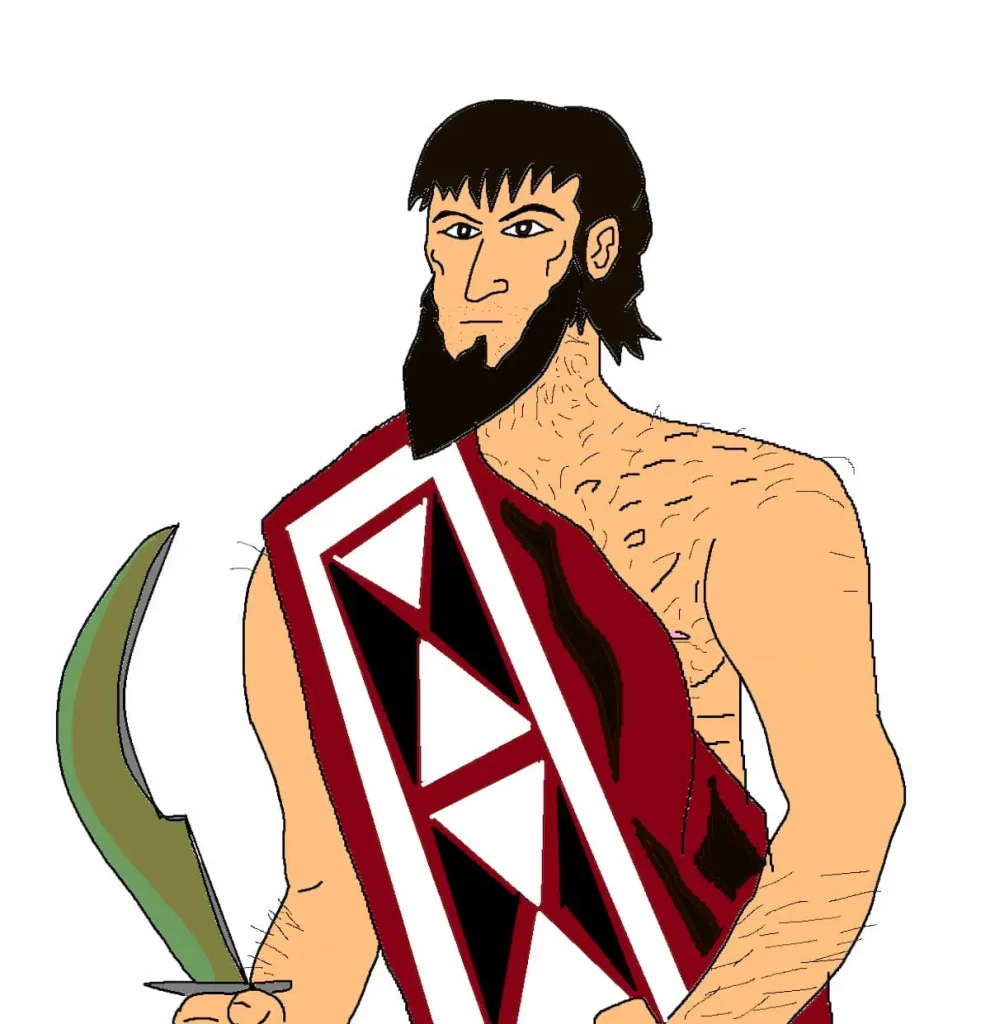
3. The Rise of Hyksos Power
The rise of the Hyksos invasion power in Egypt was closely tied to the internal instability of the Second Intermediate Period, a period when the authority of the Middle Kingdom pharaohs had collapsed. Egypt became politically fragmented with weak kings trying to assert control over Upper and Lower Egypt.
In this vacuum where no central authority existed, the Hyksos invasion found the perfect opportunity to extend their own influence: from this point on, they consolidated their presence in the Nile Delta by turning the city of Avaris into a fortified capital and the political center of their rule.
From this stronghold, the Hyksos developed a highly efficient administrative and commercial system to fortify their economy, which, in turn, attracted more settlers from the Levant.
Their foreign rule was expanded to govern a large part of Lower Egypt by smothering native Egyptian elites and merging local communities into their authority. The Hyksos invasion retained power not only through military dominance but also by adopting much of Egyptian kingship to imitate their conception of legitimate rule. This enabled them to hide in Egyptian society while maintaining a strong cultural identity of their own.
The element of the Hyksos rise during one of Egypt’s weaker periods marks the first turning point in the history of the land toward the rule of Egypt’s 15th Dynasty.

4. Hyksos Contributions to Egyptian Civilization
-
Military Innovations of The Hyksos Before Invading Egypt
Because the military improvements would confer upon them an advantage over the armies of native Egyptians, the Hyksos invasion in Egypt. The principal military innovation that they brought with them was that of the horse-drawn chariot, which was revolutionary in ancient warfare.
Essentially, the Egyptians were mainly infantry and riverine, whereas the Hyksos chariots would seek to thunder down the flanks of their foes and literally obliterate them; speed and manoeuvrability thus became instruments of war. Apart from that, other advanced weaponry was brought in by the Hyksos that had not been seen earlier and were far advanced than the ones employed by the Egyptians at that time.
Including composite bows made of wood, horn, and sinew that could shoot arrows farther than simple wooden bows of the Egyptians, with more piercing power and accuracy; the bronze battle-axes, swords, and spearheads they bore were sturdier and capable of holding a better edge than the copper ones previously employed throughout Egypt.
These made the Hyksos’ warriors versatile for both close combat in long-range attacks. Thus, with mobile chariotry and modern armaments, warfare in Egypt changed and gave an ambush strategic advantage to the Hyksos, with which they overwhelmed Lower Egypt, in turn leaving an indelible mark on Egyptian military thought for centuries.”
-
Agricultural and Industrial Techniques
The more cultural-economic influence of the Hyksos on Egypt lay in the improvements upon agricultural and industrial developments that could have developed the economy of the Nile Delta. Being migrants from Western Asia, they brought new plants and new agricultural methods that helped produce more food in the fertile land of Lower Egypt.
These irrigation methods, for instance, and crop rotation helped conserve soil better, with better yields. Their impact on Egyptian society would have been even greater through their knowledge of animal farming how to rear horses for chariots. There were also some enhancements brought about by the Hyksos in crafts and industrial production. They were engaged in pottery, weaving, and metallurgy, with the Hyksos bringing new ways in bronze-working, including ways to make tools and weapons that were more efficient.
They were equally involved in trade, having links to the Levant and Mediterranean world, hence introducing luxury items, new materials, and ideas into Egypt. Objects and materials such as silver, olive oil, and precious stones entered the Delta through such networks, thus enriching local markets and stimulating Egyptian craft. Often overshadowed by their military contribution, the agricultural and industrial contributions, however, did far more toward restructuring the economy of Egypt, toward innovation, and toward laying a foundation for Egypt’s later developments into a more advanced and interconnected power.
-
Cultural and Religious Exchange
Depending upon the so-called political maneuvers and warfare, the very presence of the Hyksos would somehow escape mention; it changed the ensuing Nile Valley cultural and religious realities.
Coming from Western Asia, the Hyksos had gods, customs, and traditions of their own, some of which got slowly absorbed into Egyptian culture. Surely, one of the most important factors was the introduction of the storm god Baal into Egyptian worship, together with their own god Seth, the god of chaos and desert, a somewhat strange name for entrance to Egyptian worship!
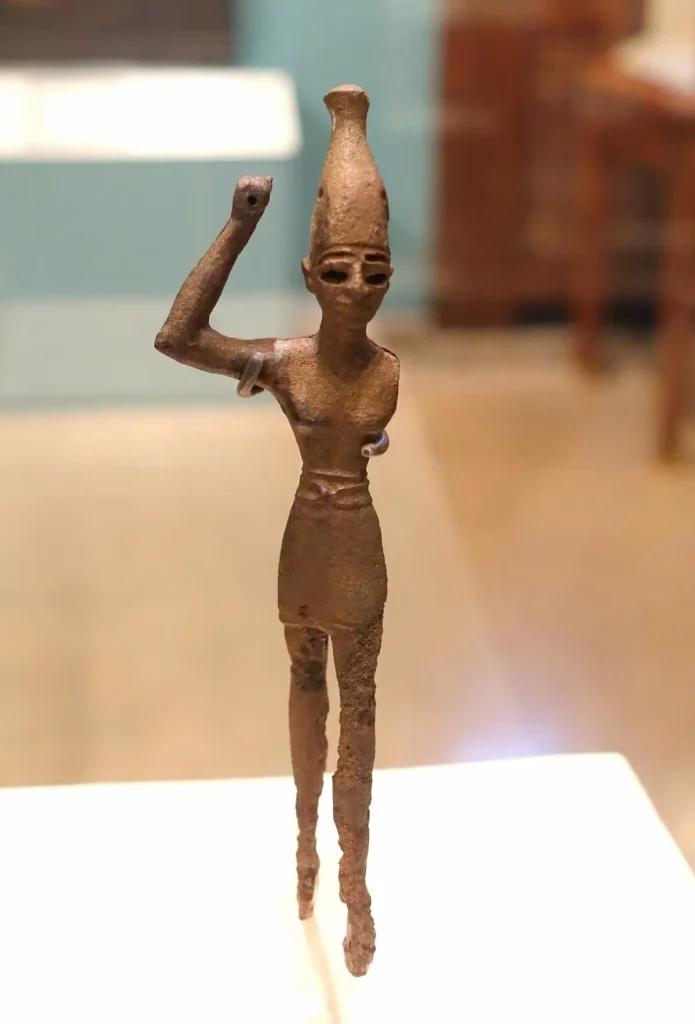
God Baal
This synthesis served only to strengthen the worship of Seth by the Hyksos, especially in the eastern end of the Delta, where their capital, Avaris, was located. Other areas of Hyksos culture, dress, music, and artistic motifs found their way into the Egyptian milieu so that a whole period of cross-cultural interaction can be witnessed.
Their foreign ways gave new impetus to burial customs and architectural styles in Egypt, often adapted to indigenous beliefs. Although the Egyptians viewed the Hyksos as foreign at first, centuries of reciprocal interaction began to bring about cultural amalgamation in which traces persisted even after their expulsion from Egypt.
By virtue of these exchanges, foreign input therefore benefited the spiritual and artistic fields in Egypt, thereby attesting how the foreign element could be swallowed into the well-organized framework of Egyptian culture and be differentiated therein. Hence, the Hyksos epoch must have been a very fertile period for diversity in Egypt.
5. Conflict with Thebes and the Fall of the Hyksos
-
The Provocation
As these people tightened their hold on Lower Egypt, resentment developed in the ruling native Egyptians of Upper Egypt, mostly against the Theban kings of the 17th Dynasty. Several analyses describe this as a rather unstable form of regional kingdom, wherein the Hyksos ruled the north from Avaris, whereas the Thebans held the south.
The two would begin competing for Nile trade routes and agricultural resources as disillusioned candidates. Egyptian sources, such as the famed story of “The Quarrel of Apophis and Seqenenre Tao,” intimate that political strife was stoked by one provocation after another. According to the story, the Hyksos king Apophis would send absurd demands to the Theban ruler Seqenenre, thereby mocking his equality to a king and demeaning him. In symbolic terms, this mocked the sheer acrimony between the powers, whose dominance was beginning to be viewed as a blot upon Egypt’s sovereignty and cultural heritage.
Intermittent incidents and small-scale skirmishes along this border with chiefs vying for control of big towns and routes seem to have been an archeological reality of the day. These provocations deepened the already simmering resentment into full-blown confrontations, paving the way for armed conflict, which was soon to explode into a large-scale war of liberation. Thus, these wars became both a political necessity and a sacred duty for the Theban rulers.
-
The Campaign of Kamose
Kamose was one of the last kings of Dynasty 17, reigning before Ahmose I, who would lead the first offensive against the Hyksos. Kamose took up the task of freeing Egypt from foreign control when his father, Seqenenre Tao, died on the battlefield.
The time for resolution having come, Kamose called on the Theban army to advance boldly into northern Egypt for his campaigns, having learned the humiliation that came from Hyksos rule.
According to ancient inscriptions of the Kamose Stelae, fortresses of the Hyksos were attacked, their supply lines raided, and various towns in the Nile Delta were captured. An impressive feat achieved by Kamose was to isolate the invaders by breaking the alliance between the Hyksos in Avaris and their Nubian allies in the south.
Despite deep incursions into enemy territory, Kamose’s forces marched almost to the doorsteps of the Hyksos bastion and spread terror amongst the rulers. Kamose died soon after, and so was never to complete the work of expulsion, but the campaigns had already dealt a serious blow to the Hyksos, which prepared the way for their ultimate destruction.
What Kamose’s very determination did was to turn passive resistance into active warfare and unite the Egyptians under a single banner of national liberation. With the military exploits of Kamose, Theban pride was restored, and the foundation was thus created from which his brother, Ahmose I, would complete the struggle and usher in the New Kingdom.
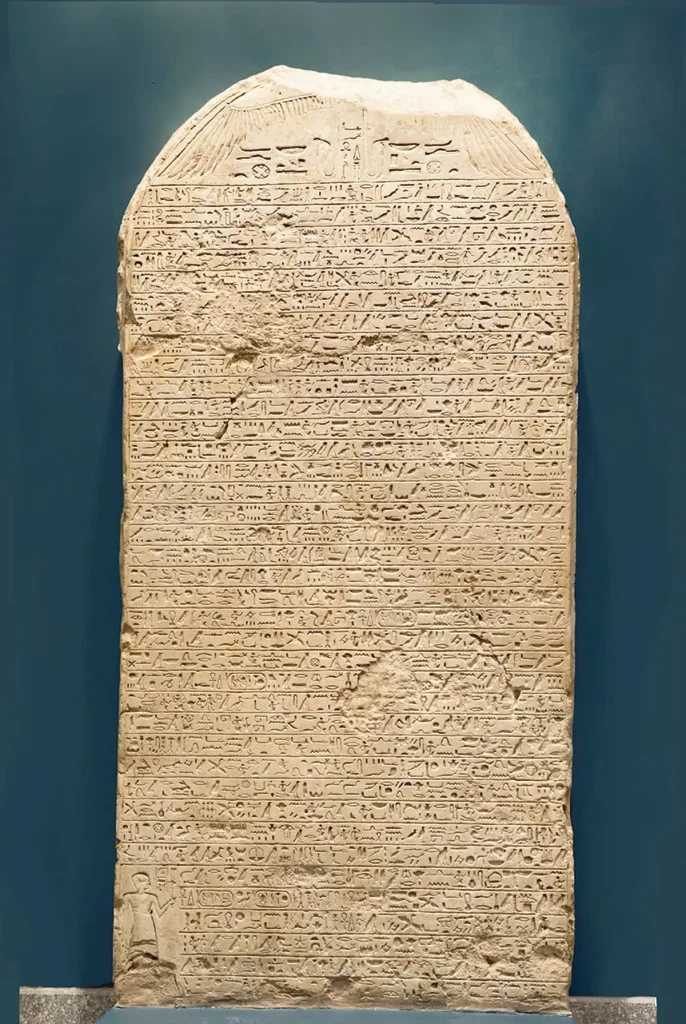
-
Ahmose I and the Final Defeat of The Hyksos
Ahmose I is recorded as the creator of the 18th Dynasty and the New Kingdom and is famously known as the king who finally drove the Hyksos out of Egypt and restored native rule. Cementing the basis for warfare with his brother Kamose, Ahmose re-strengthened the Theban army and further engaged in the fight against the Hyksos in Avaris.
Employing siege tactics, which allowed them to engage with ships, and imparting continuous harassment on enemy fortifications, he finally shattered their defences. Following much fighting and ill will, the Hyksos kings were adjudicated to retreat northwards to Canaan, where Ahmose pursued them to ensure that they never could threaten Egypt again with success.
Thus, ending for good more than one hundred years of foreign humiliation and rule. After having expelled foreign rulers, he now started to consolidate his own power by bringing Upper and Lower Egypt into union again and returning central authority and borders to the land. Hence a political stability was restored, followed by a promising period of prosperity and cultural renaissance.
In his act of reclaiming Egyptian sovereignty, Ahmose I became the national hero and liberator of Egypt, who uplifted Egypt to a full-blown empire. Thus, the deed to which Ahmose set aside ground for the overthrow of the Hyksos and the New Kingdom, the founding age of territorial expansion, monumental construction, and exalted arts.
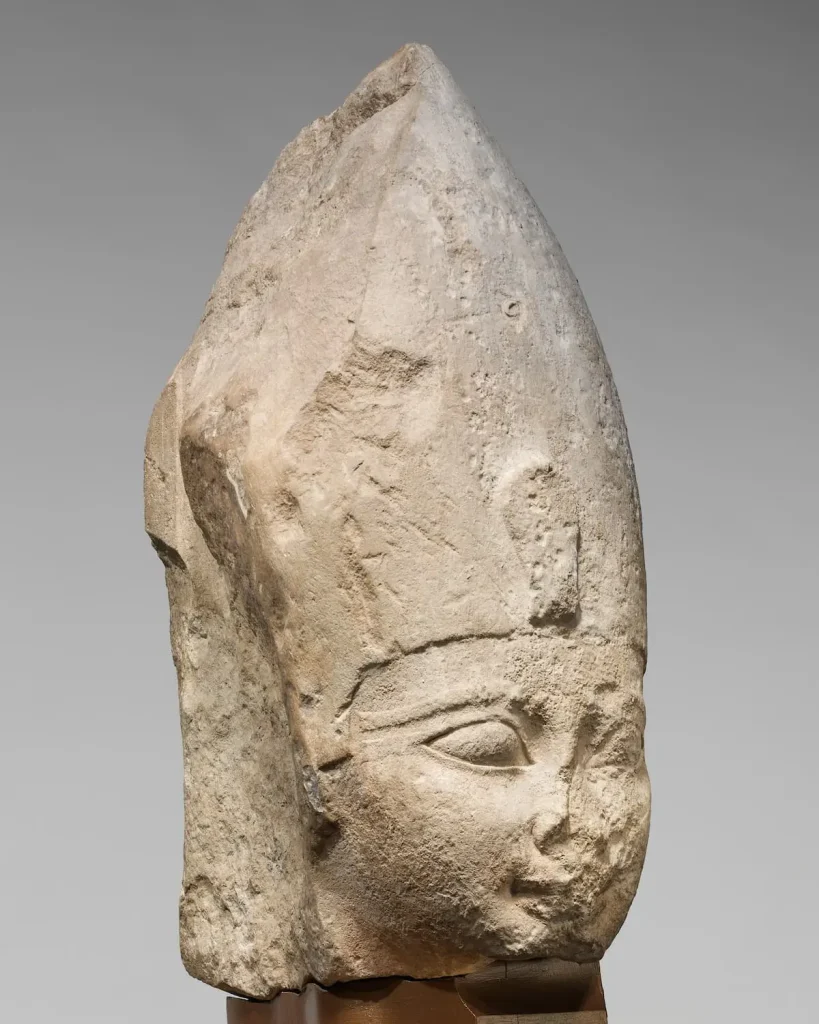
6. The Legacy of the Hyksos
-
Military Influence of the Hyksos
The military dominance of the Hyksos left a permanent mark on Egypt and forever changed warfare there. Before their coming, Egypt’s armed forces depended on infantry, weak bows, and traditional forms of close-quarter combat. On the other hand, the Hyksos introduced enhanced techniques and technologies that contributed to the changing balance of power.
Chiefly amongst their innovations was the introduction of horse-drawn chariots totally mobile war machine that could strike fast and exercise greater control on the battlefield.
They accompanied this with the now-famous composite bow, far stronger and a much longer ranged weapon than the simple Egyptian bow, and of course with bronze weapons accompanied by body armor for protection truly significant technological advantage.
Having these advantages, the Hyksos, nonetheless, were soon to find their position in Lower Egypt being challenged as the Egyptians rapidly adopted these foreign methods and, through mastery thereof, into a more fearsome fighting force; a direct factor behind the actual military feats of Ahmose I and New Kingdom expansion so that Egypt was then a very powerful empire extending its boundaries far away. So the Hyksos invasion, though an epoch of foreign rule, led to Egypt’s rise as one of the foremost military powers of the ancient world.
-
Hyksos Technological Innovations
These technological innovations by the Hyksos changed Egypt forever in fields such as agriculture, warfare, and daily life. Perhaps one of the most important innovations contributed by the Hyksos was bronze weapons and tools.
Until then, the Egyptians had been making copper tools, which were somewhat softer than bronze, and hardware forged with bronze-better than copper-had sharper blades, better quality tools, and stronger armor, giving a fair advantage to craftsmen and soldiers. In agriculture, new crops and farming techniques were introduced by the Hyksos, leading to better yields of food and the stabilization of supplies in the Nile Delta.
Pottery production and textiles are also considered advanced arts that the Hyksos taught the Egyptians, opening trade networks well beyond the immediate region. Also, improvements were made in fortifications and constructions, with some traces visible even in the style of architecture in their political capital of Avaris.
While met with resistance at first, many of these technologies were finally absorbed into Egyptian society. Once expelled from the land, the Egyptians took these technologies forward by developing them and using them toward economic strength, territorial expansion, and level domination in the ancient world. Thus, enabling the Hyksos, despite being foreign rulers, to act as the essential conduit for acquainting Egypt with technologies that would herald her rise to power.
-
Cultural Impact of the Hyksos
The Hyksos had a great cultural influence on the Egyptians and the trajectory of Egyptian society during and after Hyksos rule. While foreign rulers settled on the Nile Delta, thus hindering the complete expulsion of the Hyksos until perhaps the end of the 17th Dynasty, these foreign rulers were clothed in a mingling of traditions along an intense cultural exchange. They gave way to new artistic motifs, architecture, and burial methods that slowly came to be accepted in local custom. Avaris, their capital, became a cosmopolitan center where Levantine, Asiatic, and Egyptian cultures converged, fostering pluralism.
They worshipped temples from their homeland, such as Baal and Astarte, but also adopted Egyptian gods, such as Seth, whom they associated with their own storm god. Such contrasts enriched Egyptian religious life but also attest to the flexibility of the Egyptian mind. They also shaped Egyptian culture in their language, in trade and domestic habits, leaving records of mixed identities in artifacts and inscriptions. These cultural Jai resisted more than any other by the Egyptians, yet the blend it started lived far beyond their expulsion. By absorbing Hyksos culture, Egypt amplified its own cultural core, showing that foreign occupation could sometimes be a flavor of enrichment and transformation.
-
Religious Changes Under the Hyksos
There were important changes to religious life during the Hyksos period in Egypt, due to cultural exchanges and political necessity. When the Hyksos settled in the Nile Delta areas, they brought their gods from the Levant: Baal and Astarte, gods of storms, fertility, and warfare. Slowly, the gods began to permeate Egyptian religious life with others, often being amalgamated with local ones.
A typical instance would be the Hyksos attempting to equate their storm god with the Egyptian god Seth, who was vaguely associated with chaos, desert storms, and foreign lands.
Bringing with them the worship of Seth, in time renewed its worship, especially in the northern areas; therefore, it became accepted as the divine patron of their kingship. With such an elevation immediately came a marked change in Egyptian religious politics, in which worship of a god was equated with political power. Among other things, the ritualistic practices and symbols unknown to Egypt were introduced by the Hyksos; even after their expulsion, several of these continued to survive.
While the Egyptians at a later date maintained that the Hyksos were unrightful foreigners, a religion could not be dissolved on account of that; that is why the foundation of Egyptian theology was laid with a foreign incursion. This infusing of foreign beliefs into the native ones at this time presents evidence contrary to the notion that Egypt was unwilling to swallow outside influences, only to make its own spiritual traditions richer and set the stage for later developments in Egyptian theology.
7. Conclusion
The history of the invasion of the Hyksos is one that describes the most pivotal transformation in Egyptian antiquity. Often merely considered foreign occupants afterward, the Hyksos nonetheless assumed sway in refashioning the very bases of Egyptian politics, military, and culture. Their coming during the Second Intermediate Period was a rude reminder of Egypt’s vulnerabilities, but it also brought with it a revolutionary chariot technology, bronze weaponry, better agricultural techniques, and wider trade networks.
These arts and crafts were first imposed from the outside, but soon the Egyptians took them over to build a somewhat stronger and independent state. However, to some extent, the common enemy cemented the princes of Thebes, who rallied for independence and destroyed this menace with King Kamose and King Ahmose I.
The expulsion of the Hyksos thus gave way to the bright dawn of the New Kingdom, whose glory would be built on gross territorial aggrandizement, prosperity, wealth, and mighty military. The trials and tribulations of foreign rule, in a nutshell, thus served as the very fertilizer that enabled Egypt to reach its zenith, whilst learning to adapt, to strengthen, and to resist. Therefore, the real legacy of the Hyksos is transformation rather than conquest, exhibiting how outside pressure can erect a platform whereby a civilization is forced into reinventing itself and shooting to new heights.
🌍 Experience Ancient Egypt with Us
From the rise of the Hyksos to the glory of the New Kingdom, Egypt’s history is alive in every temple, tomb,
and city. Walk in the footsteps of pharaohs, explore sacred sites, and witness the legacy that shaped a
civilization.
The Rise of the New Kingdom |
Egyptian Military Innovations |
Pharaohs Who Changed History

